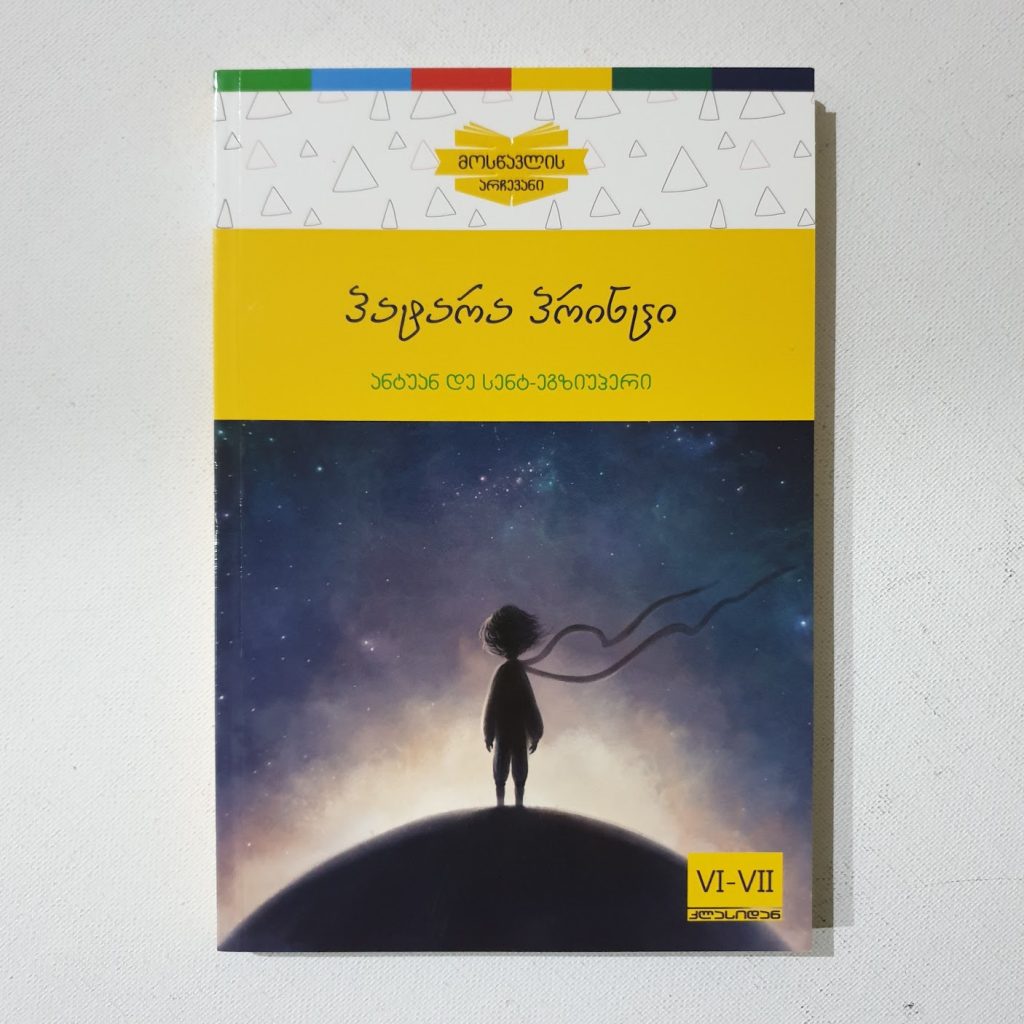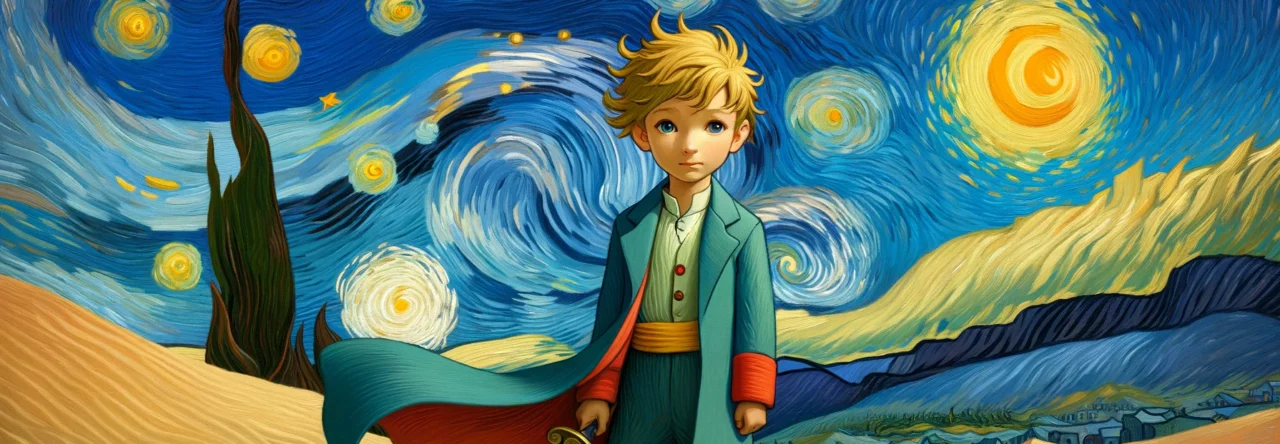
პატარა პრინცი (Patara Prints’i) — in Georgian .
The Georgian language (ქართული ენა / Kartuli Ena), is one of the world’s most distinctive and historically rich tongues, serving as the official language of Georgia (საქართველო / Sakartvelo) and the cultural heartbeat of the Georgian people. Unlike its linguistic neighbours, Georgian is not Indo-European, Turkic, or Semitic—it belongs to the Kartvelian language family, a small and ancient group found only in the South Caucasus, which also includes Mingrelian, Laz, and Svan. Its unique position in global linguistics lies in its complete isolation: Georgian has no proven genetic relationship to any major language families outside its own. This linguistic independence, combined with a robust literary tradition dating back to the 5th century, makes Georgian both a philological treasure and a symbol of national continuity in a region often shaped by conquest and empire.
Historically, Georgian has thrived against the odds. Through waves of Persian, Arab, Byzantine, Mongol, Ottoman, and Russian influence, the language remained remarkably resilient, serving as a core pillar of Georgian identity. Its literary golden age flourished in the 12th century with works like The Knight in the Panther’s Skin by Shota Rustaveli, a masterpiece of medieval epic poetry that continues to shape Georgian values and aesthetics. Georgian’s ancient unique script—developed in three distinct historical stages: Asomtavruli, Nuskhuri, and the modern Mkhedruli—is one of only a few original writing systems still in use today, further distinguishing the language in both form and function.

Culturally, Georgian is inextricably tied to the rhythms of its people’s lives: the polyphonic chants of Orthodox monasteries, the exuberant toasts and storytelling of the traditional supra (feast), and the poetic rituals of hospitality and kinship. It is a language rich in metaphor, formal respect, and emotional subtlety—able to carry philosophical depth and earthy humour in equal measure. Within Georgian-speaking societies, particularly in the mountainous regions of Svaneti or the wine-rich valleys of Kakheti, language reinforces a sense of place, lineage, and enduring spiritual tradition.
Though surrounded by Indo-European (Armenian, Kurdish), Turkic (Azeri), and North Caucasian languages, Georgian remains unrelated to them all—a linguistic island amid a sea of diversity. Yet, its speakers have historically been multilingual, maintaining deep cultural interactions with neighbouring peoples while holding fast to their own language as a marker of sovereignty and survival. In modern times, Georgian is taught universally in schools across the country, used in all aspects of public life, and increasingly supported by digital and scholarly infrastructure. Despite globalisation and the increasing presence of English and Russian, Georgian retains a proud and central role in everyday and official life.


